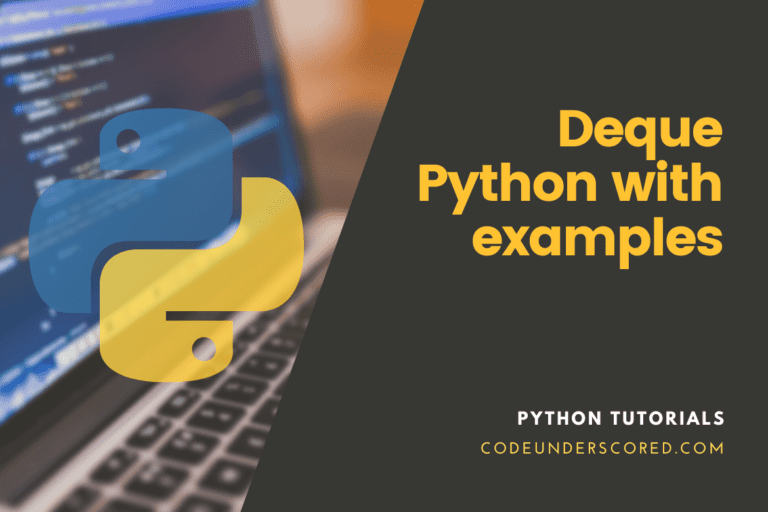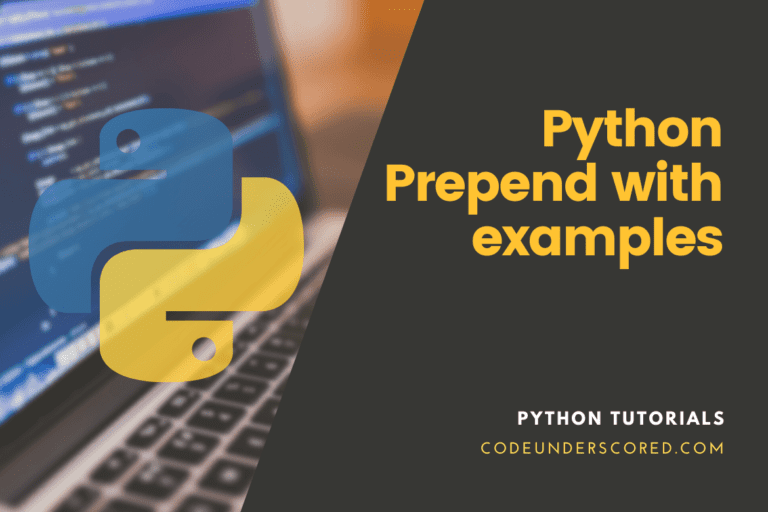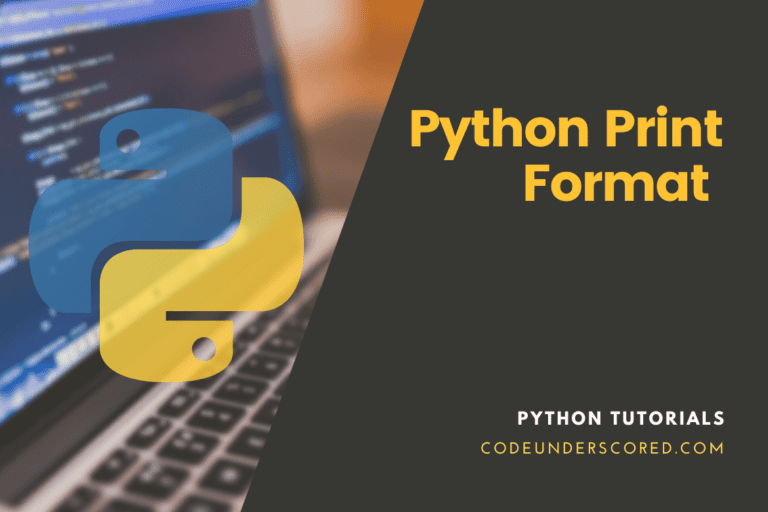Python With Keyword
‘with’ is a keyword in Python. The reserved words in Python or any other programming language are called keywords. A keyword cannot be used as a variable name, function name, or for any other type of identification. The keyword mentioned above, alongside other keywords, could change depending on the Python version.












